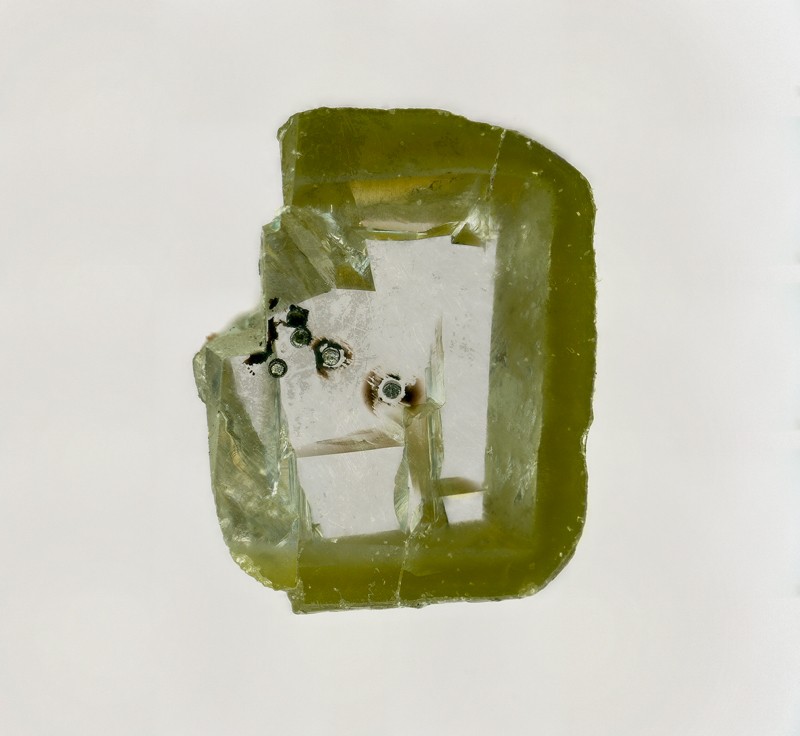Deep Mantle Mineral Found in Diamond
THIS ARTICLE tells us of a newly named mineral found as an inclusion in a diamond. The mineral had been made in high pressure, high temperature laboratories but the authors are among the first to find it in nature and the first to, officially, name it.
The composition is the same as wollastonite (see HERE) CaSiO₃, and has been called davemaoite. It is thought to be the third most abundant mineral in the lower mantle and is capable of holding various isotopes of uranium, thorium and potassium. And it is these isotopes which generate a lot of the heat in this part of the mantle.
The inclusions in the diamond must be at a very high pressure as the mineral cannot exist at surface pressures. You can make a mineral but you cannot name it as a mineral if it is not found as naturally occurring. Being tiny and in a diamond counts as naturally occurring!

